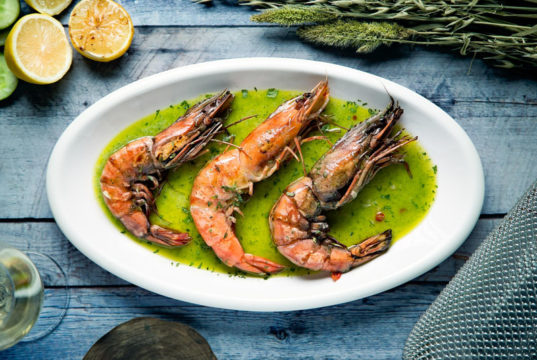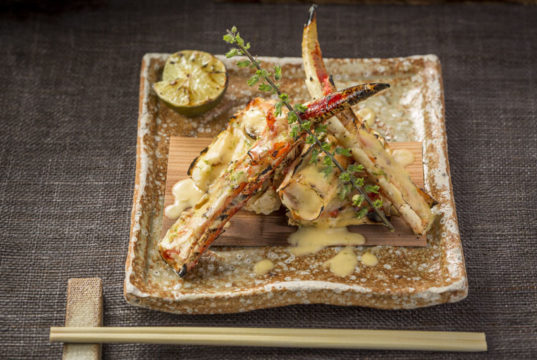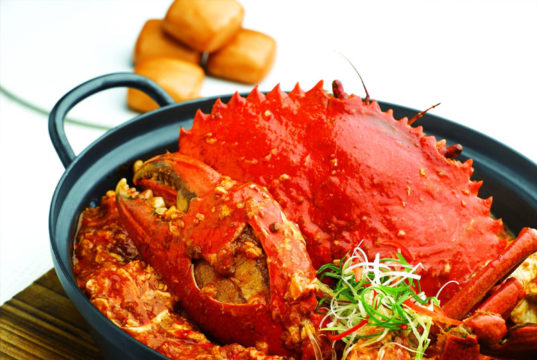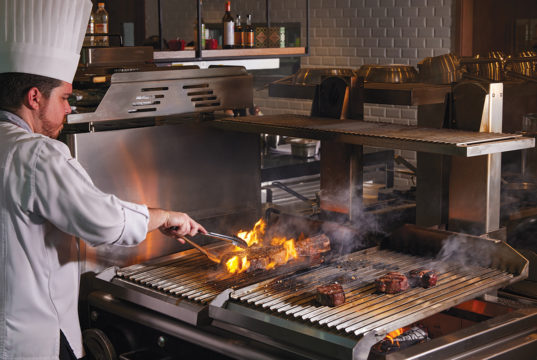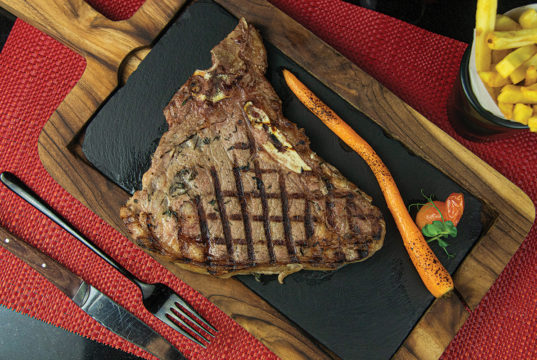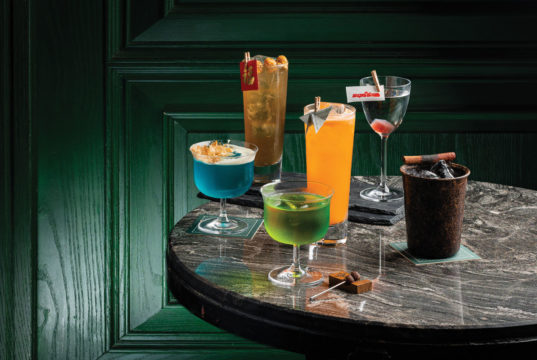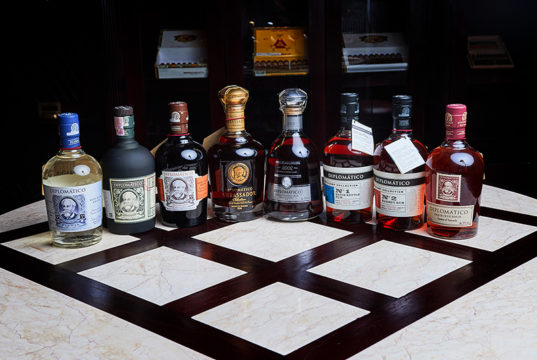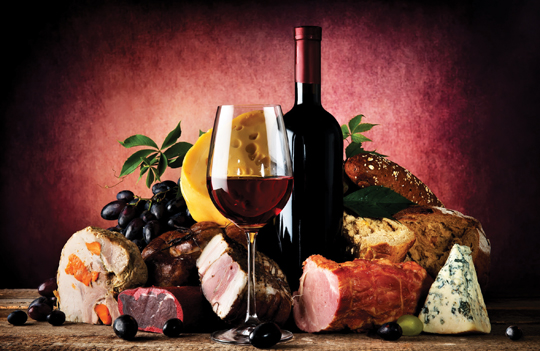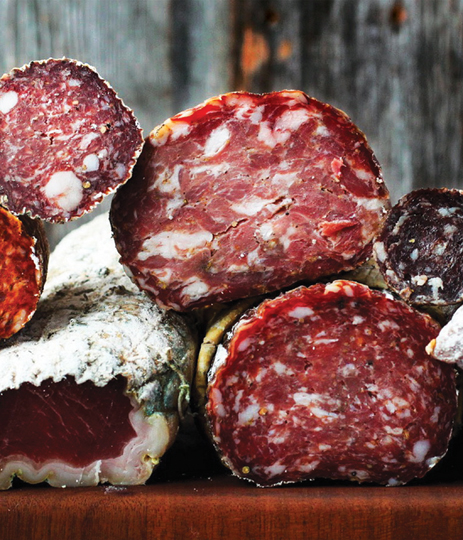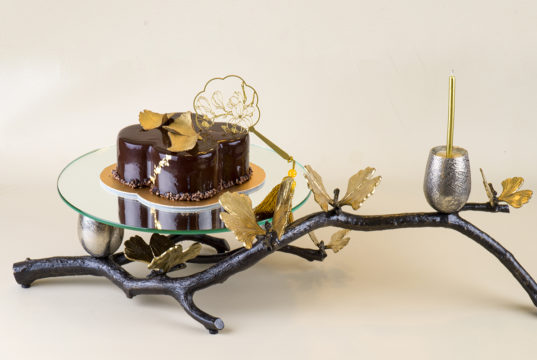One of the most versatile types of meat, domestic pigs are descended from wild boars and were first domesticated in China, which today is home to around half the entire global population. The adaptable nature and omnivorous diet of the wild boar meant that domestication was quite straightforward and for 7,000 years pigs have been reared for food. They also have a wider role in subsistence living – their feeding habits churn up the ground making it easier to plough, while their hides and bones are used to make tools, shoes and clothing.
Pork has a rich taste, in part due to its high fat content, and when cooked skin-on produces deliciously crisp crackling – a perfect fusion of taste and texture.
Charcuterie
Labelled according to their city or province of origin, perhaps the most famous charcuterie is di Parma, Parma ham, which is salted and air-dried for eight to 24 months.
First recorded in Roman Gaul 2,000 years ago by Strabo, the Greek philosopher and historian, charcuterie was originally a specialty that referred to the creation of salami, sausages and prosciutto; a method to preserve pork prior to refrigeration.
Today the term has expanded to include a vast range of preparations involving salting, cooking, smoking and drying and the umbrella term now includes terrines, galantines, ballotines and pâtés, including other domestic and game meats.
A pâté is a mixture of cooked meat minced into a paste. Pâté can be served either hot or cold, but is best after ageing to allow the flavours to develop. Cold pâté is often served as part of a charcuterie board.
Terrine most commonly refers to a French forcemeat loaf that is similar to a pâté but made with coarsely chopped ingredients. Usually served cold, most terrines contain a large amount of fat. Pork is a common base, but typical game meat, such as rabbit, deer and boar, are also popular.
Salami is a type of cured sausage consisting of fermented and air-dried meat originating in southern and central Europe. Historically, salami was popular among peasants because it can be stored at room temperature for up to 40 days once cut. There are many regional variations, including chorizo, pepperoni and the Slavic kulen.
Probably the most famous charcuterie, prosciutto, is a sweet, delicate ham, and is generally used to refer to delicate seasoned, cured, air-dried Italian ham.







